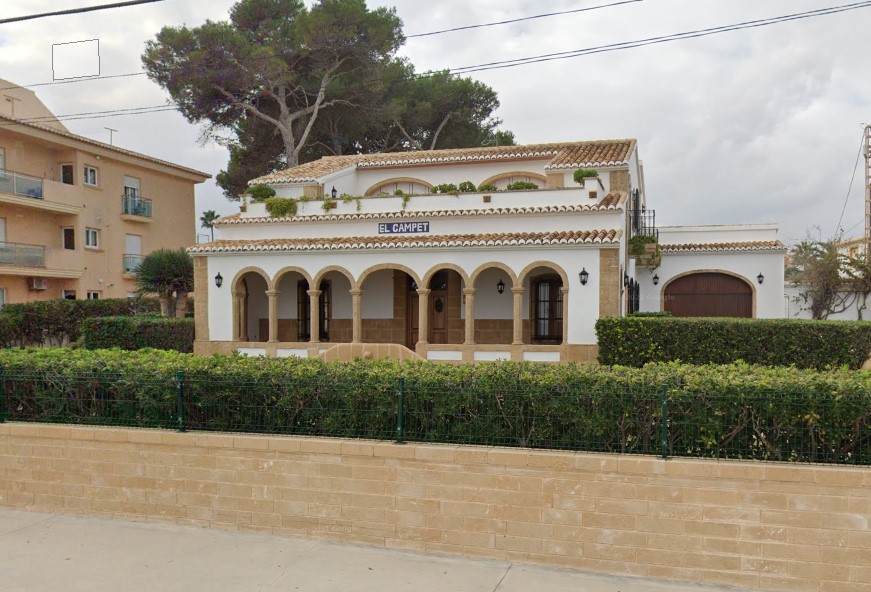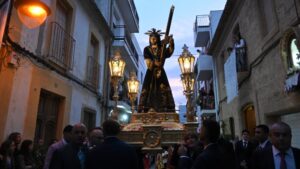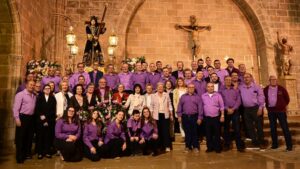Villa El Campet de Xàbia and the link with the family of Joaquín Sorolla
The building celebrates its centenary after being built by the brothers-in-law of the renowned painter.
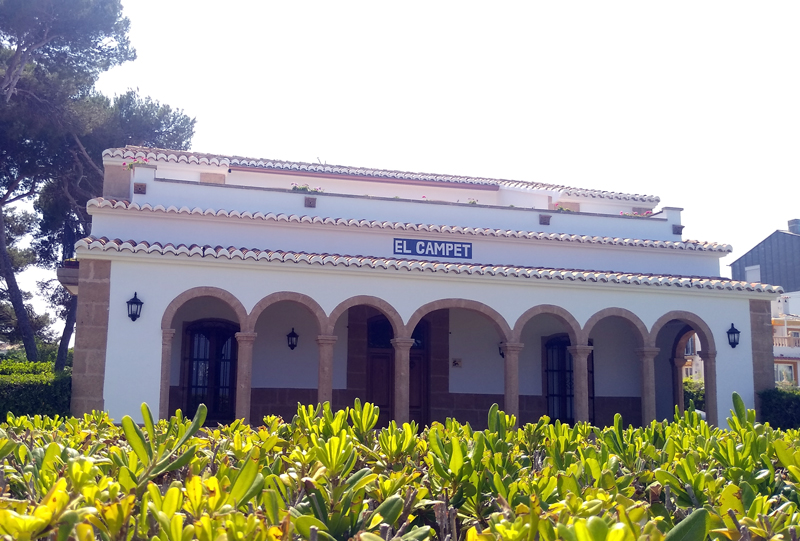
Tuesday 1st February 2022 – DAVID GUTIÉRREZ PÁLIDO with Mike Smith
Last Friday 28th February, I had the opportunity to give a talk at the Casa de Cultura in Xàbia, thanks to the invitation of the Department of Culture, where I discussed the theme of the commemoration of one of the centenaries that is celebrated this year, a villa located in Montañar I, known as El Campet.
It is one that is directly linked to the family of the painter Joaquín Sorolla y Bastida. For those who could not attend, I am going to share a summary of the talk as well as the video with the exhibition of the images so that you can remember the history of this unique architecture.
The villa of El Campet was built by the brothers-in-law of Joaquín Sorolla, Josefa – or Pepita – García del Castillo and Antonio Monleón y Torres. After the various stays by the painter and having made numerous paintings, some of his relatives also accompanied him and learned about the beauties of the place through his stories. Throughout 1919 and at the beginning of 1920, the García and Monleón couple bought a piece of land in Montañar I, whose owner was the tosquero Antonio Serer Marí. He met Sorolla directly and helped guide him on his excursions to Cape San Antonio to be able to paint it, as his grandson Antonio Vallés Serer told us at the time.
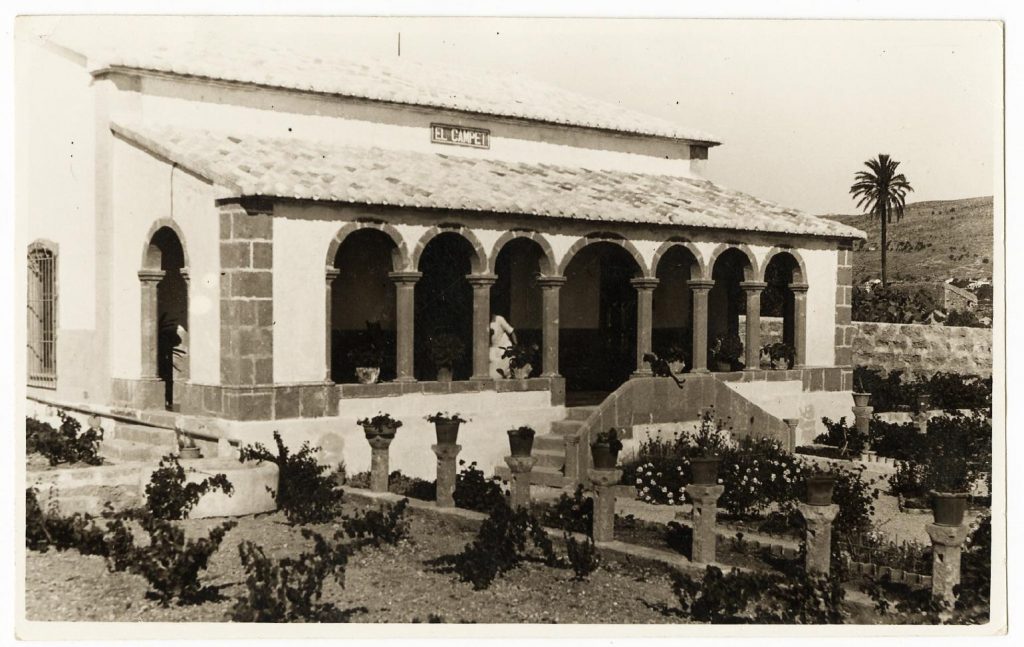
In this way, the García and Monleón couple decided to rent the house of Augusto Cruañes Signes, located in the Mezquida, in which Sorolla and his family stayed during the summers of 1900 and 1905. The rent was for one year from the 1st of August 1920 in order to monitor the construction, anticipating that it would be finished in a year. In the month of October the works had already started and what they made clear from the beginning is that the property would be called El Campet. The reason for this name, surely, is remembering the little house that Antonio García, photographer and father-in-law of Sorolla, owned in the Grao de Valencia, which was also called by the same name.
By November 1920 the villa was already very advanced in its construction. Months go by and, by April 1921, the house was practically finished and with it, the García and Monleón family received the news that Sorolla’s son may possibly bring his parents to Xàbia. It must be remembered that at this time, Joaquín Sorolla had suffered an attack of hemiplegia at his home in Madrid, and therefore the relatives were very concerned about the painter’s health. At the same time, they were hopeful that he would recover and visit the completed villa for the first time. But unfortunately, this trip never took place, and Joaquín Sorolla never visited the villa nor did he return to his beloved Xàbia.
The works continue in a slow but advanced way, and in the month of November 1921, the exterior of the villa was finished, highlighting the beautiful naia with its seven-arched portico and its central staircase and just a few walls and other details had to be finished. Finally, by April 1922, the García and Monleón couple had moved in their new villa, therefore, the construction appears to have been completed at the beginning of 1922.
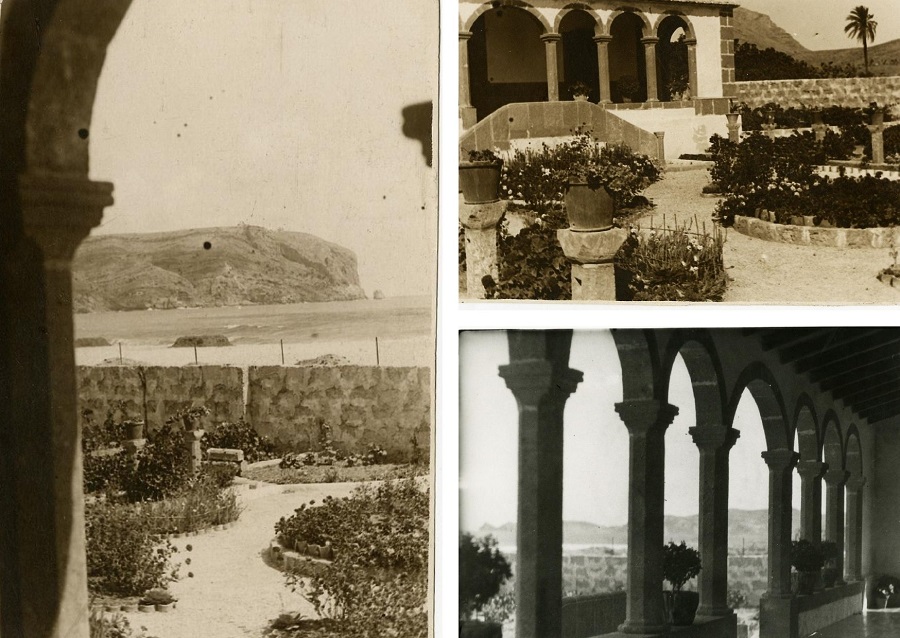
So, although the painter Joaquín Sorolla could not see it, his widow, Clotilde García del Castillo, and his son Joaquín Sorolla García were able to come down and stay in it. After the death of Joaquín Sorolla, on August 10th, and his burial in Valencia on the 13th, mother and son came to spend the rest of the summer in this town to rest and be able to be mourn. And two years later, in September 1925, they returned again to inaugurate the Plaza Pintor Sorolla that the local council had granted and that was located in the current Plaza Germans Segarra Llamas.
The couple sold the property after the Spanish Civil War and then it passed from one hand to another until today. After 100 years, the current owners are to be thanked for taking care of and preserving it, thus recalling the essence of those summer villas from the beginning of the century that embellished the Montañar and that today, very few are preserved. Perhaps, it is the moment in which architecture can be protected in the Catalogue of Assets and Protected Spaces to maintain it in future generations.
